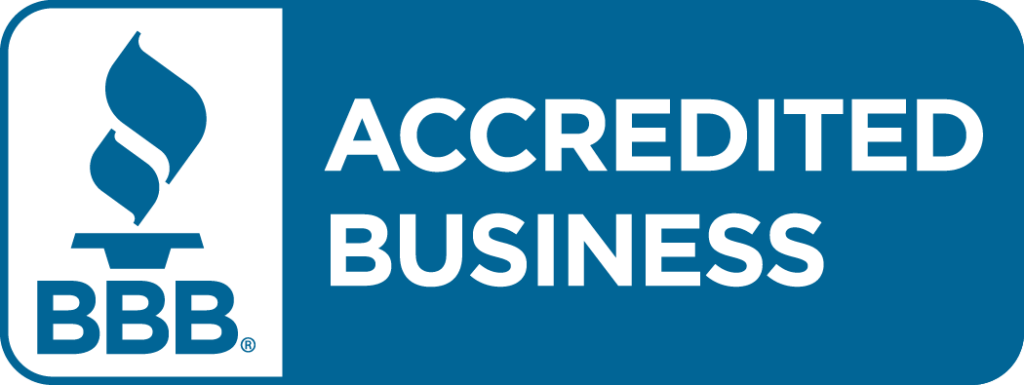Creating crazy good content is a struggle for many marketers. Actually, it’s a struggle for any writer. But that’s only the first step. Just because you’re creating crazy good content doesn’t mean people are actually reading.
Here are 7 tips for creating content that people actually click and read.
[hr style=”3″ margin=”40px 0px 40px 0px”]
1. Identify Your Target Audience
Before you start writing, take a moment to understand exactly who you’re talking to. It is difficult to get people to share your content, but it’s impossible if they don’t actually care about what you’re talking about.
You have to figure out who your audience is and cater your content to them. Think like a journalist and ask the most basic five Ws . . . and one H.
Who: This is the most basic question. Are you writing to heavy construction contractors, truck drivers, fleet owners and executives, owner-operators, heavy-duty aftermarket distributors, or highway professionals?
What: What does your target audience need? Create content that will help them somehow. Maybe you’re helping them solve a unique problem.
When: When is your target audience online? When are they most likely to consume your content on social media or through email? Publish with those times in mind.
Where: Where does your audience live, work, and play? Someone who lives in Alabama or Georgia probably doesn’t need to know about your snow tires.
Why: Why is your audience online? Are they looking for specific information, how-tos, tips, or socialization and entertainment?
How: How does your target audience use the internet and consume content? Are they using a desktop or laptop computer, or are they doing their browsing on a smartphone or tablet? Make sure your content is mobile friendly and optimized for how they consume content.
[hr style=”3″ margin=”40px 0px 40px 0px”]
2. Use Emotion
Emotions are extremely powerful. Today, we’re not going to talk about the core emotions that content should be written to elicit, we’ve already done that on another post.
What you do need to understand, though, is that the most clickable and shareable content is not created willy-nilly. The most viral content is created with a plan in mind to maximize its shareability. With content that is created to solicit specific emotions, marketers can drive specific campaign objectives.

[hr style=”3″ margin=”40px 0px 40px 0px”]
3. Craft Attention Grabbing Headlines
First impressions are essential. It doesn’t matter how good your content is if no one bothers to read it. There are many different ways to write an engaging headline, but here are a few tips:
- Include a promise.
- Numbers let your reader know what to expect.
- Ask questions to stimulate curiosity.
- How Tos are always a sure bet.
[hr style=”3″ margin=”40px 0px 40px 0px”]
4. Give Advice, Be Useful
If your entire content stream is promotional and product focused, no one will trust what you say. You lose your credibility as a content marketer.
That doesn’t, however, mean you can’t create any product focused content.
It’s not something you want to do all the time, but you can devote some of your time to it. A great rule of thumb for using product focused content is the 90-10 rule. 90% should be devoted towards educational and informative content and 10% to your products.

Make sure that your product isn’t the sole focus of all your content marketing.
[hr style=”3″ margin=”40px 0px 40px 0px”]
5. Don’t Fear Long-Form Content
Don’t believe anyone who tells you that people today are lazy and have no attention span. Most people value their time, and they won’t stick around if you waste it. If you are providing high-quality, engaging content, you can be as long and detailed as you need.
There are plenty of websites that post long-form stories and people are still clicking through.
Trends are moving away from short, quick-hit posts and toward long-form, featured news-style stories that provide more immersive experiences. In fact, there are studies that show longer content with in-depth coverage of a topic are more likely to be shared than shorter articles.
[hr style=”3″ margin=”40px 0px 40px 0px”]
6. Be Original
The internet, much like the universe, is expanding at an ever increasing rate. There is so much information online, and the odds are against you coming up with something that the millions of other bloggers haven’t already addressed.
You have to add to the conversation. Bring something wholly original to the table, even if the table is already crowded.
[hr style=”3″ margin=”40px 0px 40px 0px”]
7. Be Accessible
People don’t reading everything online. With the wealth of information on the internet, they don’t have to. More often than not, they skim the page to see if the content they need is there. If the information they need isn’t easily accessible, they move on.
[box]
Here are a few tips for making information accessible:
- Use headings to identify topics and organize sections.
- Use lists and use them often.
- Write short paragraphs. You don’t need more than a few sentences.
- Be straightforward. Just because you know a word doesn’t mean your reader does.
- Infographics can help you break down complicated data and statistics.
- Use white space. Blocks of text are intimidating for a reader, and it’s difficult for them to identify information.
[/box]
In a moment of complete transparency, this entire section is a great example of breaking up text. See how things have been broken up into lists and header tags? It’s a little easier to digest this way.
Creating crazy good content that people actually click and read probably sounds like a huge challenge, especially for those who are just jumping into content marketing. But it doesn’t have to be. Knowing your audience, testing your content, and tweaking your formatting are all key to ensuring your audience actually engages and reads.
[acf field=”cta_3″ post_id=”option”]



